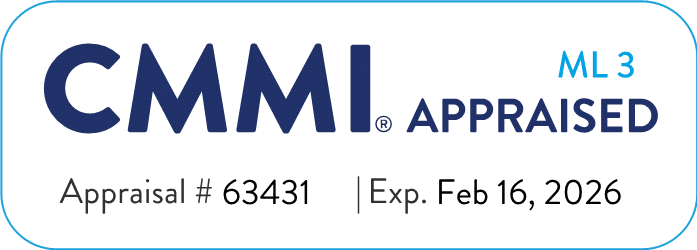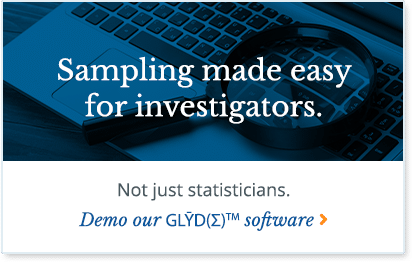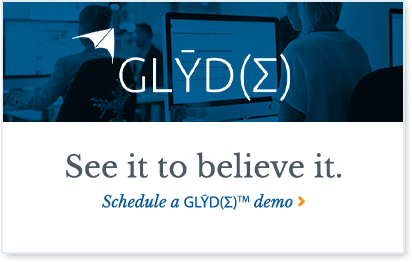According to the National Eye Institute, by 2050, the estimated number of people with age-related macular degeneration (AMD) in the United States is expected to more than double from 2.07 million to 5.44 million. With the influx of patients expected and healthcare expenditures nearing 18% of the U.S. gross domestic product (GDP) — an estimated 10% of which is lost to fraud — more stress is expected on an already-strained healthcare industry.
In November 2018, the Office of Inspector General (OIG) reported that Medicare is vulnerable to fraud, waste and abuse for wet Age-related Macular Degeneration (wet AMD) and cataracts as it relates to:
- Administration of Lucentis injections for wet AMD more than once every 28 days as per the local coverage determinations;
- Billing for a second cataract surgery on the same eye;
- Submitting disproportionately more claims for complex than standard cataract surgery.
As the prevalence of these conditions increases, so will the claims, opening the door for improper payments.
As a Medical Billing and Coding Specialist, it is essential to be familiar with the conditions, as well as the Food and Drug Administration (FDA) recommendations and Centers for Medicare & Medicare Services (CMS) guidelines. Here are five red flags to watch out for when reviewing medical claims for Medicare Part B Ophthalmology Services:
1. Patterns of upcoding or billing more complex services than actually furnished.
Documentation to support the medical necessity of the level of service billed (i.e. complex vs. standard cataract procedures) must be present in the medical record documentation. CMS considers cataract surgery medically necessary if a patient’s visual acuity is worse than 20/40 — normal vision is 20/20 — and it interferes with their ability to do normal activities. Sufficient documentation must be available showing how the diagnosis was reached (i.e. a visual acuity test, slit-lamp examination, or retinal exam) prior to performing any services for the removal of cataracts. Medical Coding and Billing Specialists should refer to the Local Coverage Determination (LCD) guidelines for additional information on medical necessity documentation requirements for ophthalmology services and procedures.
2. Patterns of excessive frequency of treatments and diagnostic tests.
The volume of treatments and testing for beneficiaries should be reasonable and necessary and proportionate to the documented clinical picture. For example, Lucentis injections are recommended for the treatment of wet AMD every 28 days per eye according to the FDA. Providers that exceed this parameter are suspect for potential fraud. Medical Billing and Coding Specialists should also be suspect of those providers who are injecting patients at exact intervals every 28 days with no variation. Again, refer to the LCD guidelines for additional information on frequency guidelines for ophthalmology services.
3. High volume of the same diagnosis codes and tests across a patient population.
The diagnosis codes and tests ordered should be unique to each patient and supported by medical record documentation. Although conditions such as diabetic retinopathy affect nearly 7.7 million older Americans, it is unlikely that all patients in the practice have the same diagnosis and are receiving the same set of tests/procedures. Review claims for irregularities, such as a provider billing the same code for every patient in a given day or week.
4. Cloned documentation.
With the introduction of electronic medical records (EMR), some providers rely on the copy and paste feature to save time, but this is not considered accurate or compliant. If patients consistently have the same findings on examinations, visit to visit, with little or no variation in findings, this may be cause for concern. The medical record must contain documentation showing the differences and the needs of the patient for each visit or encounter.
5. Improper billing or billing mutually exclusive codes.
Medical billing codes can be manipulated, leading to improper payments. For example, Current Procedural Terminology (CPT) codes for cataract extraction (66830-66984) are mutually exclusive of one another and providers may not report multiple codes for the same eye even if more than one technique is used or more than one code could be applicable. If a claim appears for a second cataract surgery for the same patient on the same eye on the same date of service, this is referred to as double billing. Reference the National Correct Coding Initiative( NCCI) Policy Manual, Chapter 8, for these and other ophthalmology coding guidelines.
In some cases, healthcare fraud is easy to spot, but sometimes layers of records must be uncovered to determine medical necessity or to detect potential fraud. Using these examples, Medical Billing and Coding Specialists can help stem the flow of billions of dollars lost to healthcare fraud each year.
IntegrityM’s Medical Review Services
Our team of Medical Billing and Coding Specialists is widely scalable, allowing for immediate staffing support across the country. We understand the policies and guidelines for billing and coding inside and out, with the singular goal to determine whether claims were billed in compliance with coverage, coding, payment, and billing practices.
IntegrityM is proud to maintain the highest quality ratings as we identify potential fraud, waste, and abuse. To learn more about our Medical Review services or how we can enhance your team, call us at (703) 535-1400 or contact us online.











